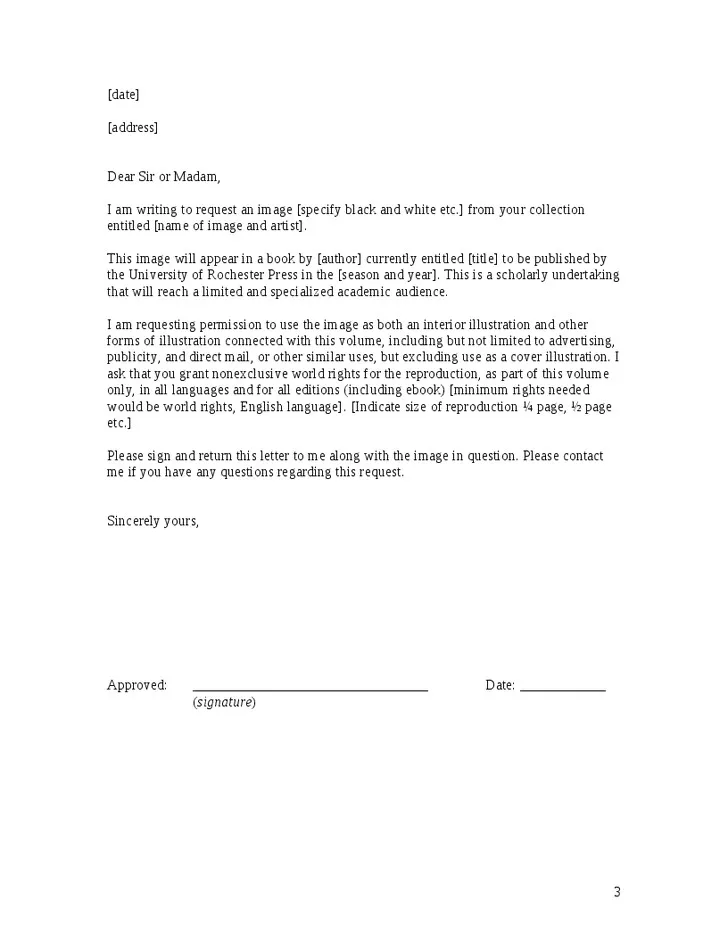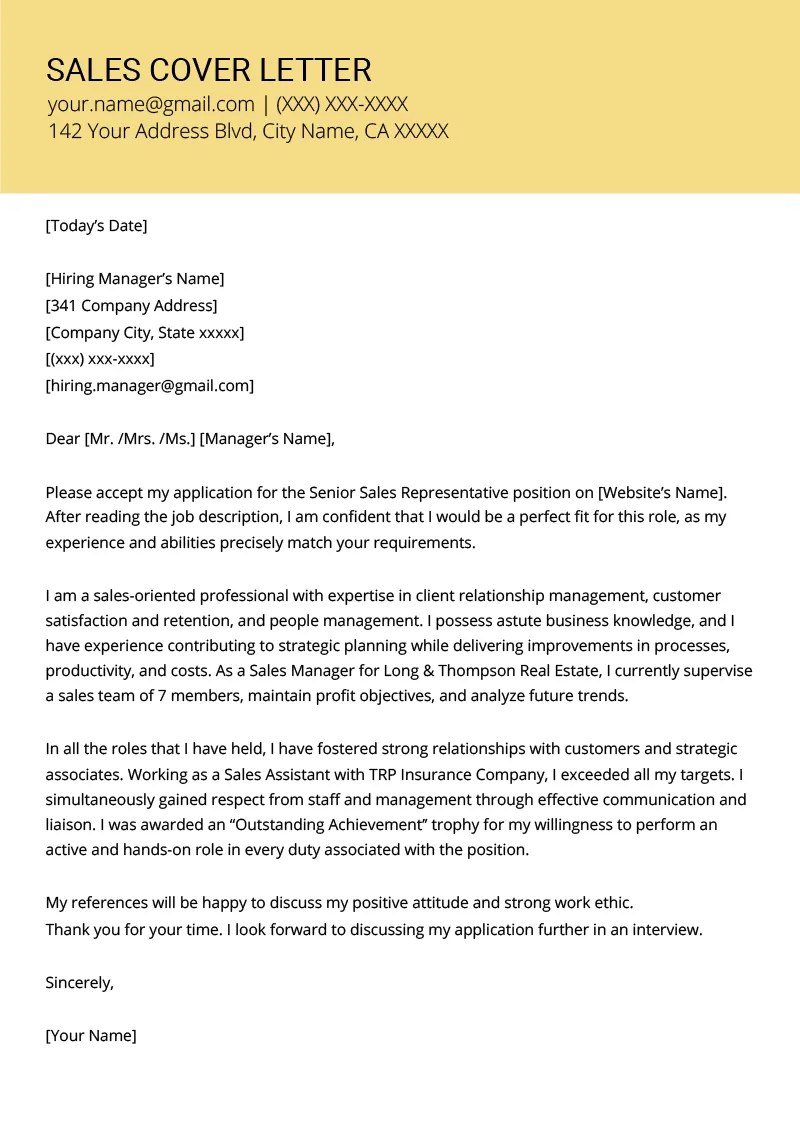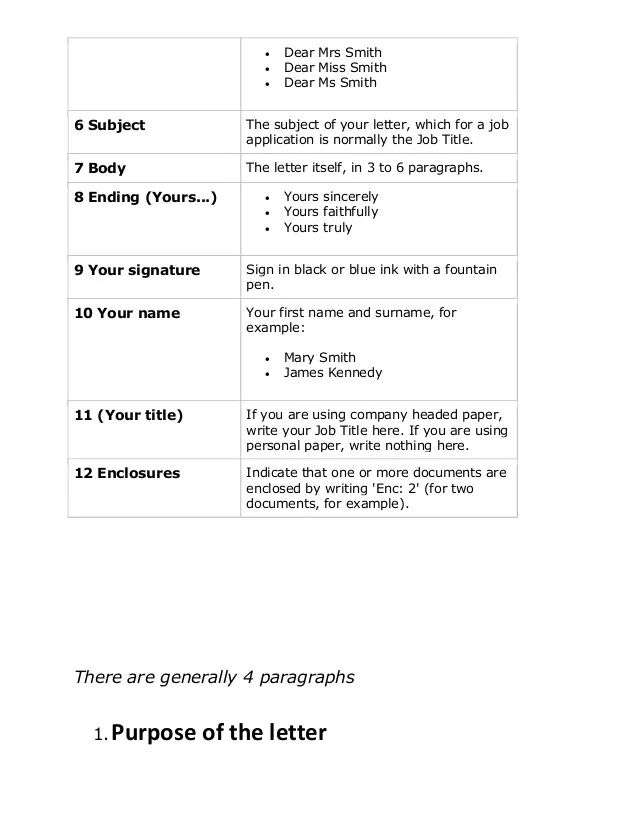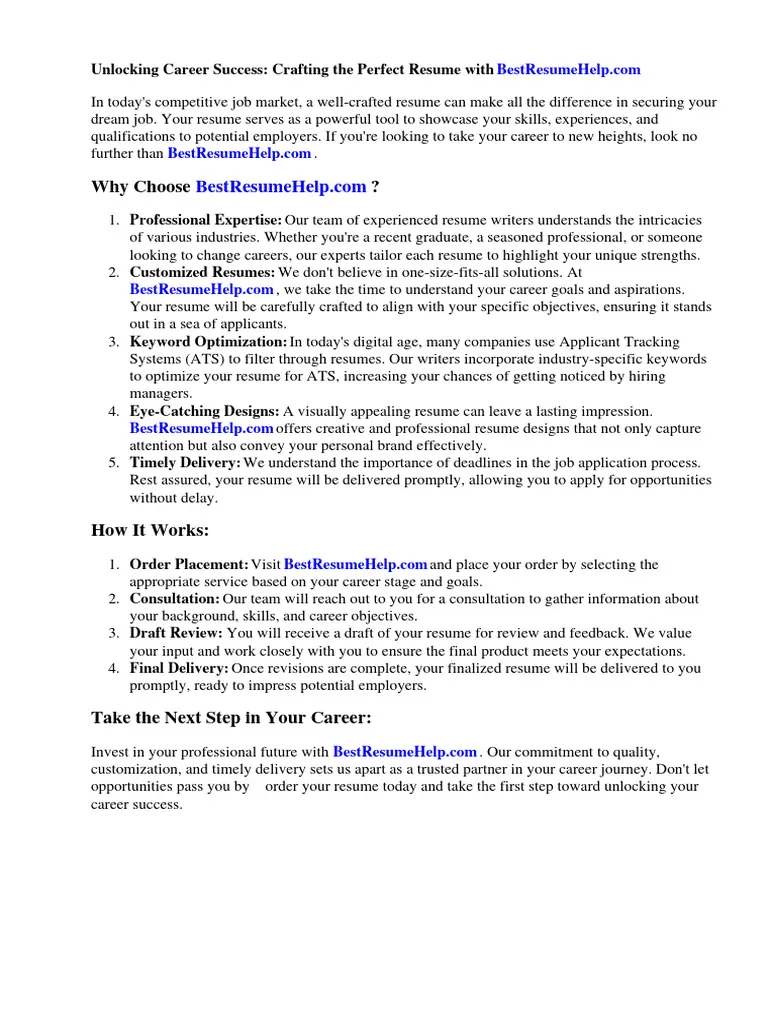In today’s competitive job market, a well-crafted cover letter is more than just a formality; it’s your first opportunity to make a lasting impression and secure an interview. Your cover letter is your chance to introduce yourself to a potential employer, highlight your relevant skills and experiences, and showcase your personality. However, many job seekers overlook the importance of a cover letter, treating it as a mere formality, which can be a critical mistake. This article will explore five crucial secrets to writing a cover letter that helps you stand out from the crowd. By implementing these strategies, you can significantly increase your chances of landing your dream job, starting with the all-important first step in the application process. The key is to transform a generic document into a compelling narrative that captures the attention of the hiring manager and compels them to learn more about you. Remember, it’s not enough to simply list your qualifications; you must demonstrate how you can contribute to the company’s success.
The Power of a Great Cover Letter
A great cover letter is a powerful tool that allows you to connect with the hiring manager on a personal level. It provides context to your resume, allowing you to explain gaps in employment, career changes, or specific motivations for applying. Unlike a resume, which is typically a factual overview, a cover letter enables you to showcase your personality and demonstrate your passion for the role and the company. It is your opportunity to highlight how your unique combination of skills, experience, and enthusiasm aligns with the company’s needs and values. By crafting a compelling narrative, you can make a memorable first impression and move your application to the top of the pile. The cover letter is also the ideal space to customize your application, tailoring the content to the specific requirements and culture of each company, demonstrating that you’ve invested time and effort in understanding their needs. Consider this document as your ambassador, representing you before you ever get a chance to speak with someone in person.
Highlighting Your Unique Value Proposition
One of the most effective ways to stand out is by clearly articulating your unique value proposition. This means identifying what makes you different from other candidates and how your specific skills, experiences, and qualities can benefit the company. Don’t just list your skills; explain how you’ve used them to achieve tangible results in the past. Think about what problems you’ve solved, what improvements you’ve made, or what innovations you’ve brought to previous roles. Focus on the aspects of your background that align with the job requirements. By showcasing your value proposition, you demonstrate a deep understanding of the role and a clear vision of how you can contribute to the company’s success. This also allows you to align with the key values of the company. This targeted approach grabs the attention of the hiring manager and shows that you’re a strategic thinker, not just another applicant.
Showcasing Your Achievements

While listing your job responsibilities is essential, showcasing your achievements is what truly sets you apart. Instead of simply stating what you did, focus on the results you delivered. For example, instead of saying, ‘Managed social media accounts,’ say, ‘Increased social media engagement by 30% in six months through strategic content planning and audience targeting.’ Use the STAR method (Situation, Task, Action, Result) to structure your examples, making them clear and impactful. By quantifying your accomplishments and providing specific examples, you demonstrate your ability to drive results and make a positive impact. Moreover, showing accomplishments also showcases your leadership qualities, and shows that you have more than just experience, but the ability to use the acquired experience to achieve results. The most memorable cover letters provide evidence, not just general statements.
Quantifying Your Accomplishments
Quantifying your accomplishments is a critical step in making your cover letter more persuasive. Use numbers, percentages, and concrete data to illustrate your impact. For example, if you improved sales, mention the percentage increase. If you streamlined a process, state how much time or money was saved. If you led a team, specify the size of the team and the projects completed. Quantitative data provides solid evidence of your capabilities and helps the hiring manager understand the value you bring to the table. This data creates a more convincing argument and allows you to highlight your achievements with clarity and accuracy. Always make sure that your numbers are relevant to the job description and demonstrate key skills, such as problem-solving, leadership, and project management. This attention to detail shows that you are thorough and results-oriented.
Tailoring Your Cover Letter
Generic cover letters are easily identified and often overlooked. To stand out, you must tailor each cover letter to the specific job and company you’re applying for. Research the company’s mission, values, and culture. Customize your letter to address the specific requirements outlined in the job description, highlighting how your skills and experience align with their needs. This shows that you’ve taken the time to understand the company and are genuinely interested in the opportunity. Tailoring demonstrates initiative and a genuine interest in the company. Personalize your letter by mentioning specific projects, initiatives, or challenges that resonate with the company’s goals. This targeted approach increases the likelihood of capturing the hiring manager’s attention and positioning yourself as a strong candidate.
Researching the Company and Role

Thorough research is the foundation of a well-tailored cover letter. Before you start writing, take the time to understand the company’s mission, values, and recent news. Explore their website, social media profiles, and any recent press releases. Research the specific role by carefully reviewing the job description. Identify the key responsibilities, required skills, and desired qualifications. Look for keywords and phrases that you can incorporate into your cover letter. By demonstrating that you understand the company’s needs and the requirements of the role, you immediately increase your chances of making a positive impression. Use this opportunity to showcase your understanding of the current industry trends.
Addressing the Hiring Manager Directly
Whenever possible, address your cover letter to a specific person. Research the hiring manager’s name and title. This shows that you’ve taken the time to personalize your application and demonstrates initiative. If you can’t find the name, use a professional greeting, such as ‘Dear Hiring Manager’ or ‘Dear [Department Name] Team.’ Avoid generic greetings like ‘To Whom It May Concern,’ as they can make your letter seem impersonal. When you know who is reviewing the cover letter, it allows you to make a more personable approach in the content. A personalized greeting can immediately grab their attention and make a positive impression. This small detail shows that you care and are willing to go the extra mile.
Using Action Verbs and Strong Language
Your cover letter should be dynamic and engaging. Use action verbs to describe your accomplishments and responsibilities. Verbs like ’led,’ ‘managed,’ ‘achieved,’ ‘developed,’ and ‘implemented’ make your writing more active and impactful. Avoid passive language and vague statements. Instead of saying, ‘Was responsible for project management,’ say, ‘Managed project budgets and timelines, resulting in on-time and under-budget project delivery.’ Strong language also includes positive and confident phrasing. Show enthusiasm for the opportunity and demonstrate your belief in your ability to excel in the role. This makes a huge difference in making the cover letter stand out. Always keep in mind that the goal is to grab the attention of the hiring manager.
Proofreading and Editing for Perfection

Proofreading and editing are essential steps in ensuring your cover letter is polished and professional. Errors in grammar, spelling, or punctuation can make a negative impression and undermine your credibility. Carefully review your letter for any mistakes. Use a grammar and spell-checking tool, but don’t rely on it entirely. Read your letter aloud to catch any awkward phrasing or inconsistencies. Consider having a friend or family member review your letter for a fresh perspective. A polished and error-free cover letter demonstrates attention to detail and professionalism, showcasing that you’re serious about the opportunity. The most successful applications are built upon a foundation of perfection. Avoid mistakes at all costs because this document is your first impression.
Formatting Your Cover Letter for Impact
Your cover letter’s format is just as important as its content. A well-formatted letter is easier to read and more visually appealing. Choose a professional font, such as Times New Roman, Arial, or Calibri, and maintain a consistent font size. Use clear headings and subheadings to organize your thoughts and make it easy for the hiring manager to scan the document. Keep your paragraphs concise and use bullet points when appropriate to highlight key information. Ensure your letter is properly spaced with one-inch margins. The format should complement the content and help you stand out. Good formatting shows that you pay attention to detail and can organize information effectively. This makes the content much more accessible, increasing the reader’s overall experience with the document.
Choosing a Professional Font and Layout
The choice of font and layout significantly impacts your cover letter’s readability and professional appearance. Select a font that is easy to read and standard, such as Times New Roman, Arial, or Calibri, and keep the font size between 10 and 12 points. Use clear headings and subheadings to break up the text and guide the reader. Maintain consistent spacing throughout the document, with one-inch margins. Avoid excessive use of bolding, italics, or underlining, as they can distract from the content. A clean, professional layout makes your letter more visually appealing and demonstrates your attention to detail. This is important, because you want the hiring manager to be able to scan your document easily. Ultimately, the layout choices should enhance the overall experience for the reader.
In conclusion, a compelling cover letter is a critical component of a successful job application. By focusing on your unique value proposition, showcasing your achievements with quantifiable results, tailoring your letter to each opportunity, and using strong language and a professional format, you can significantly increase your chances of landing an interview. Remember to proofread and edit your letter meticulously to ensure it is free of errors. By following these secrets, you can transform your cover letter from a mere formality into a powerful tool that helps you stand out from the competition and move closer to your dream job. Take the time to craft a cover letter that truly represents you, and you will see the difference.
